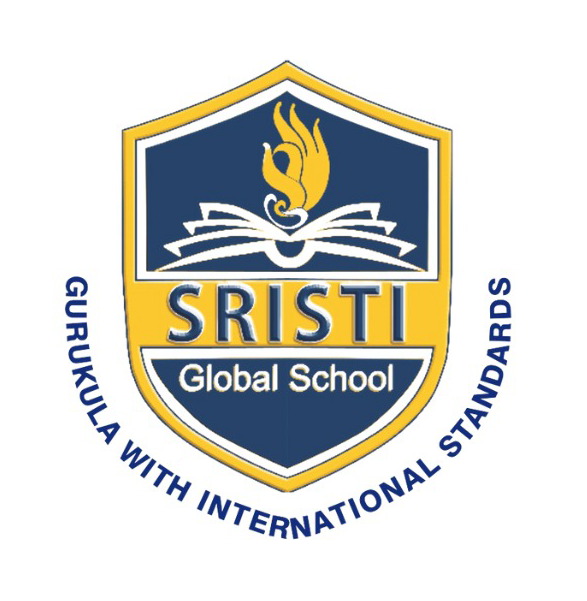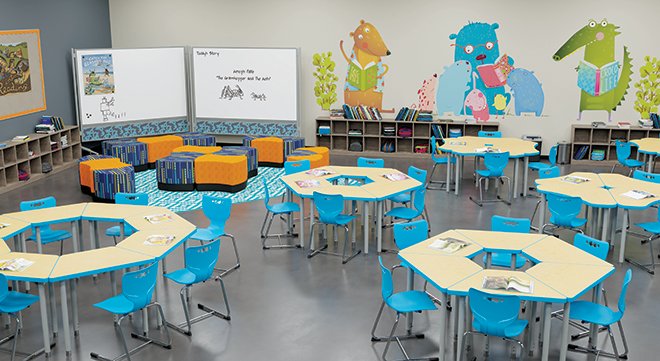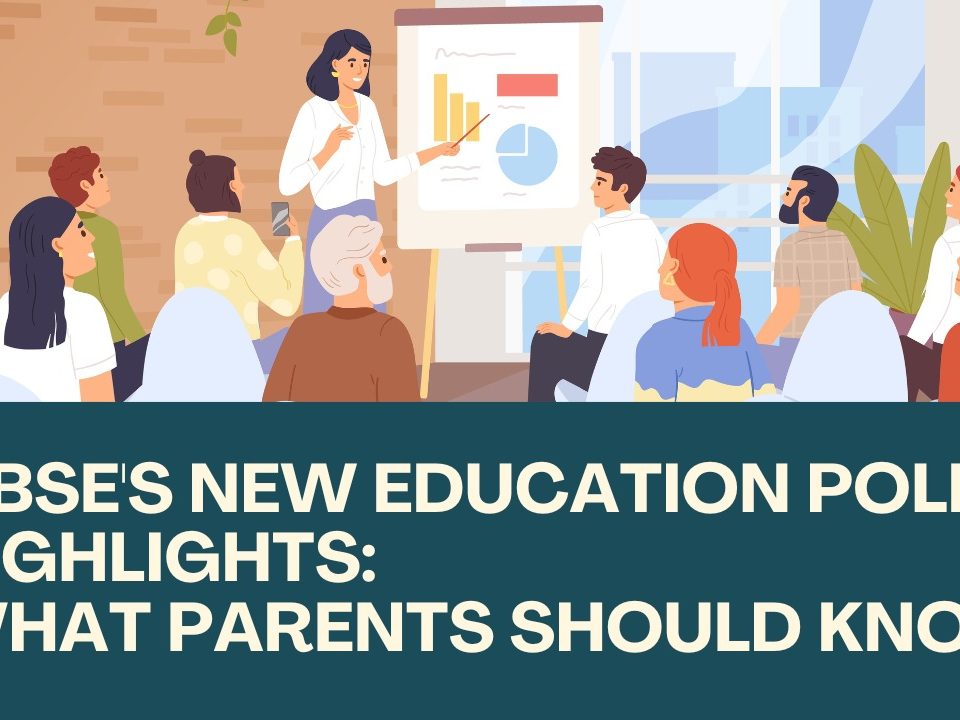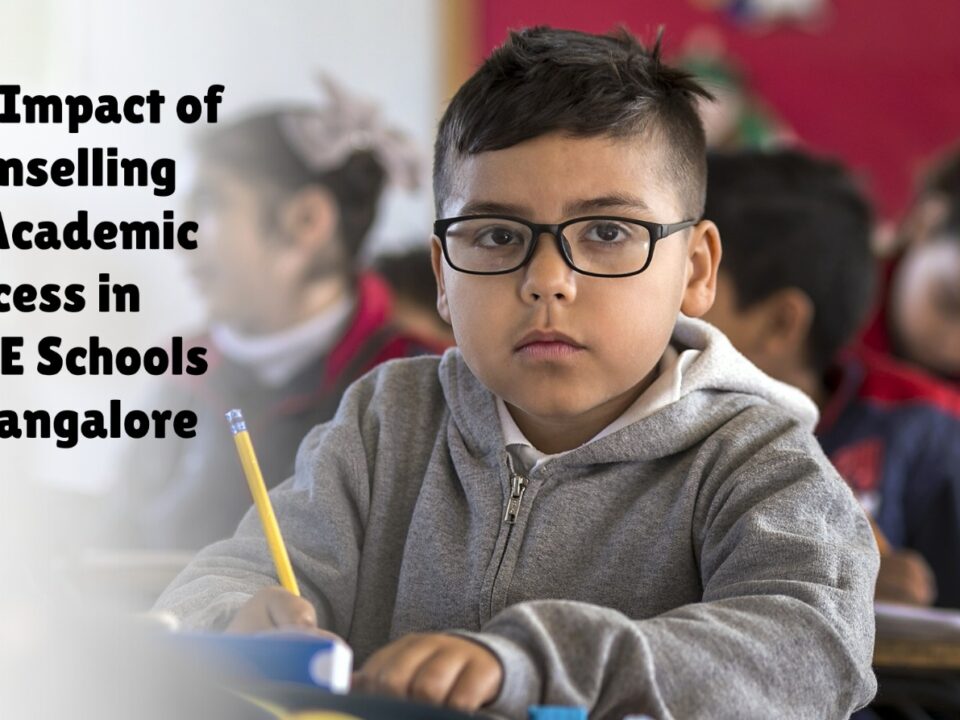The Key Features of a 21st Century Classroom

GLIMPSE OF NEP 2020: New Education Policy
January 21, 2022As we continue our journey through the new millennium, changes are happening in all spheres of life, our classrooms must adapt to the modern times we are living in and equip the students to face the real world, as part of the 21stcentury workforce, after completing their education. The interdisciplinary nature is the focal point of such a classroom, which distinguishes it from the 20thcentury classroom.
The strict demarcation between subjects is a norm of the past. This classroom prepares the students for their future workplace by developing their higher-order thinking skills, effective communication, and technology skills, which are essential in the 21st-century professional world. The curriculum must be collaborative and project-based, to reflect the real-world scenario that the students will encounter in the future.
Some of the important features of a 21st century classroom:
1. Integration of Technology and Multimedia
Technology has become a crucial component of our lives. The availability of multimedia tools and resources to educators and students aids in achieving the objectives of the curriculum. Being able to do research on their laptops/tablets for projects, to create websites or multimedia presentations, and other such activities augment the learning and engagement of students. It also helps the teachers to enhance their strategies and techniques in imparting education.
2. Provision of Collaborative Environment
Collaboration is one of the four important Cs of 21st-century skills, the other three being communication, creativity, and critical thinking. Students should be given the opportunity to work in groups on projects and network with others including peers and experts. This will help them in building empathy, cooperation, effective communication, leadership, and acceptance of different viewpoints. All this will make them future-ready. To enhance learning, teachers should also work in collaboration with other team members taking part in team-teaching and planning collaborative activities including group projects, debates, problem-solving, and more, in consultation with each other.
3. Interdisciplinary Projects
Instead of studying individual subjects in isolation, interdisciplinary projects provide students the opportunity to use and apply the skills and knowledge from different subjects, thereby reinforcing their learning. It enables them to be creative by thinking outside and across boundaries.
4. Enquiry-Based Learning Approach
Students are encouraged to ask questions in this approach. Their curiosity needs to be triggered rather than just providing information to them. They should be motivated to present a problem statement and explore the topics themselves. This leads to a better and deeper understanding of the topic along with giving the students more ownership over their learning.
5. Focus on Process more than Content
Though content is important, the focus must be more on the process of learning. Just providing information to the students for knowledge is not as effective as providing opportunities for them to evaluate, analyse, apply, and synthesize information to develop their own understanding and opinions on topics and issues.
6. Fostering Creativity
Creativity is the highest order of thinking according to educational psychologist Benjamin Bloom. It requires the application of all other skills and needs to be at the core of the learning environment. The curriculum should be designed to provide opportunities for students to explore their creativity in relevant ways.
7. Active Learning
Students need to be engaged in learning through interactive activities like project-based and group activities that are interesting for them and facilitate them to discover new skills. Being interested enhances their retention of the knowledge acquired during the learning process.
8. Reflective Writing
Reflective writing in the form of journals and blogs needs to be encouraged in students to reinforce their metacognitive learning. Students need to reflect on their learning experiences and processes to work on their progress.
9. Flexibility
In the present world, nothing, including the classrooms, is static anymore. Flexibility is the norm of the day. The flexibility of furniture, space, seating arrangement, student groupings, etc. to match the students’ needs and tasks at hand allows them to take ownership of their own learning. We have come a long way from making the students sit in rows and listen to the teacher lecturing in the front of the classroom.
10. Relevant Curriculum
The curriculum should be relevant to the real-life situations that the students face. It should aim to provide the career and life skills necessary for the students to become competent, capable, contributary, and useful members of society, both at the personal and professional levels.
11. Problem-Solving Approach
This helps in developing problem-solving skills in students, where they learn to identify problems and find their solutions by using the appropriate skills. Some of these skills are active listening, teamwork, analysing, communication, time-management, critical thinking, and decision-making.
12. Student-Centred Approach
Students need to learn by doing, by being active learners through hands-on activities. Teachers need no longer be just authoritative figures or lecturers, rather they ought to act as facilitators providing support and guidance to students. Students’ interests are to be given priority with a focus on individual students’ capabilities, learning styles, and requirements.
13. Transparent Performance-Based Assessment
Various strategies apart from normal tests can be useful in assessing the learning outcomes of the students. Some of these include quizzes, projects, portfolios, rubrics, and the like which can be used to assess their achievements, abilities, and needs.
In conclusion,
A 21st-century classroom involves seamless incorporation of modern technology, tools, and strategies of teaching-learning, and appropriate and relevant pedagogical approaches towards preparing the students to become responsible, productive, and creative members of the 21st-century progressive world




